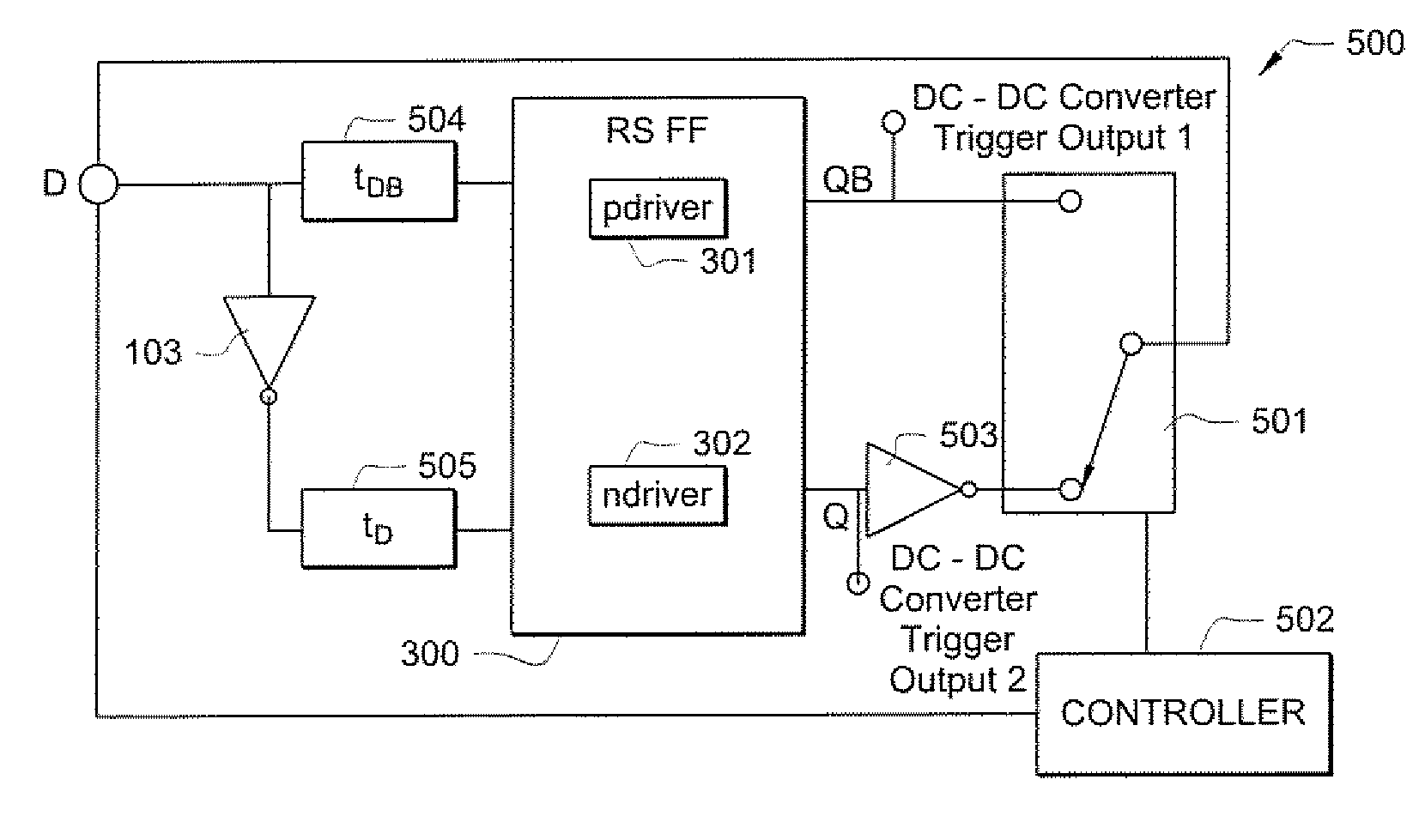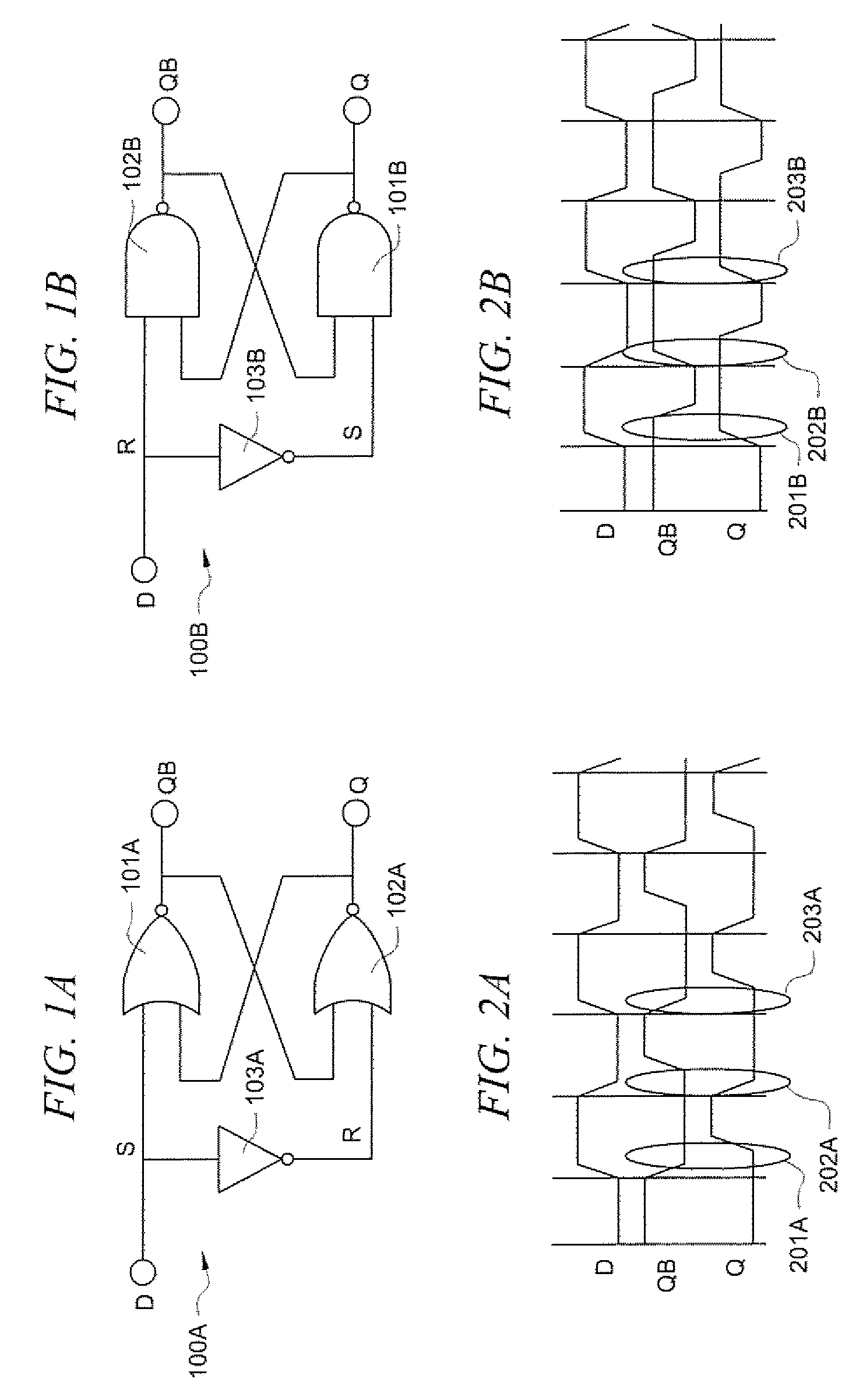Low voltage synchronous oscillator for dc-dc converter
a synchronous oscillator and converter technology, applied in the field of oscillator circuits, can solve the problems of low output voltage of the battery, unsatisfactory oscillator availability, and all such batteries tend to suffer voltage sag (decreased voltage output), and achieve the effect of facilitating their use and low cos
- Summary
- Abstract
- Description
- Claims
- Application Information
AI Technical Summary
Benefits of technology
Problems solved by technology
Method used
Image
Examples
Embodiment Construction
[0025]In arriving at the present invention, it was realized that in order to provide reliable and accurate voltage conversion, oscillators used in DC-DC voltage converters should meet several operational criteria. Specifically, such oscillators should provide stable self oscillation, the oscillation providing synchronized or non-overlapping trigger signal output, and the duty cycle of the oscillation should be constant. The various oscillator circuits which have previously been proposed for use in DC-DC converters were found to provide unsatisfactory performance with respect to one or more of the foregoing operational criteria. Moreover, many of the previous oscillator circuits are complex, costly, and / or require appreciable physical space (e.g., requiring an undesirable amount of integrated circuit die space).
[0026]Directing attention to FIGS. 1A, 1B, 2A, and 2B, it can be seen that RS flip-flop circuit configurations may be utilized to provide non-overlapping trigger signal output...
PUM
 Login to View More
Login to View More Abstract
Description
Claims
Application Information
 Login to View More
Login to View More - R&D
- Intellectual Property
- Life Sciences
- Materials
- Tech Scout
- Unparalleled Data Quality
- Higher Quality Content
- 60% Fewer Hallucinations
Browse by: Latest US Patents, China's latest patents, Technical Efficacy Thesaurus, Application Domain, Technology Topic, Popular Technical Reports.
© 2025 PatSnap. All rights reserved.Legal|Privacy policy|Modern Slavery Act Transparency Statement|Sitemap|About US| Contact US: help@patsnap.com



